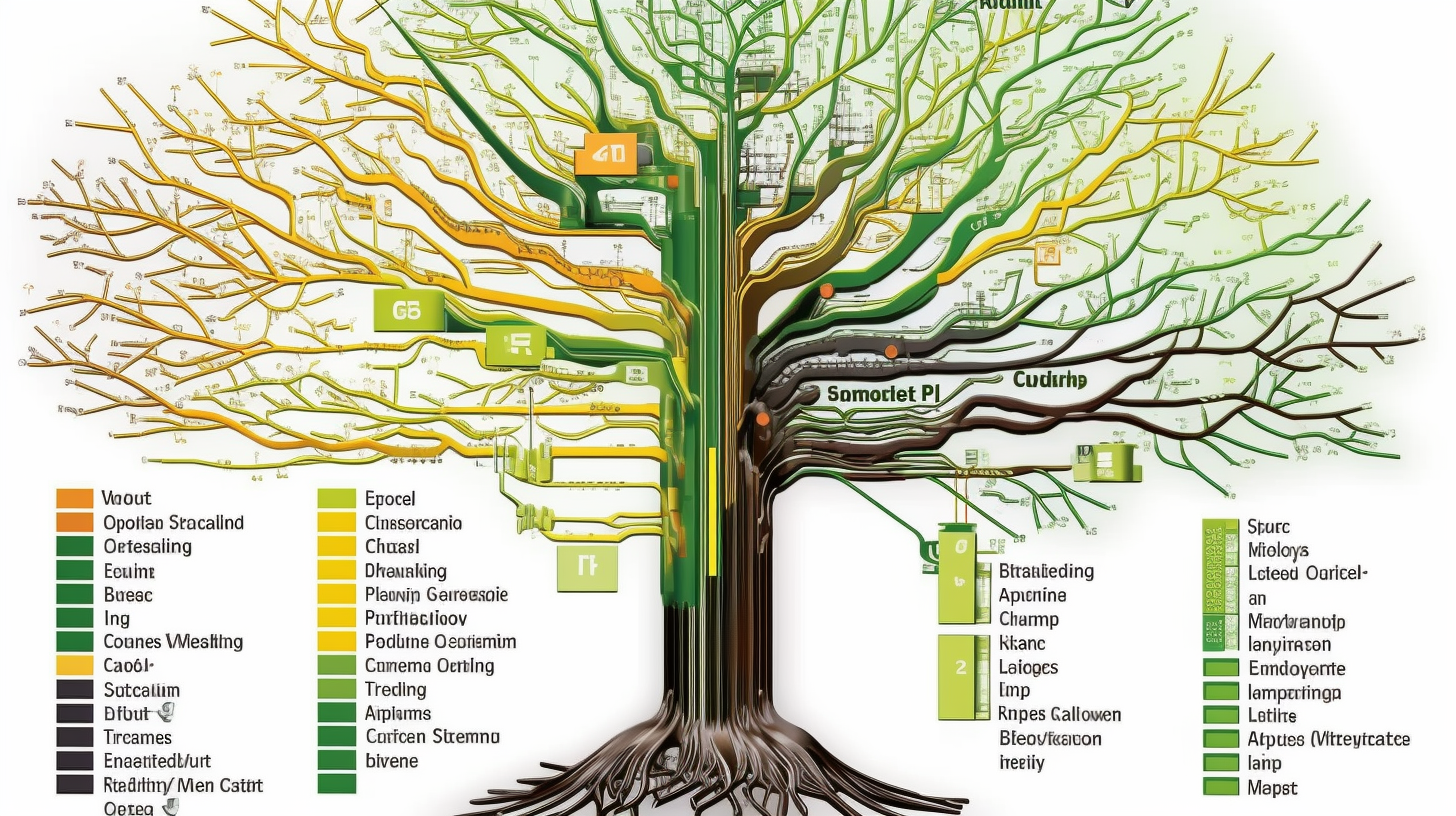Plumbing the Depths of Linux: Common Features and Tools on the Linux Client/Desktop OS

All right, folks! Hold on tight, we're about to probe the complexities of the ever-popular open-source operating system, Linux. You might find this system as murky as mud, but bear with me! Together, we'll explore this, and I guarantee, by the end, you'll grasp every bit of it.
Academic Discussion: Linux Operating System Architecture
The Linux Operating System showcases a sophisticated, multi-tiered architecture. The kernel, the heartbeat of the system, oversees device management, system calls, and memory handling in its essence. This is the point where the real action happens. Above the kernel is the shell, an interface that interprets user commands. Even further up the stack are the system utilities and application programs, which users interact with directly.
Beneath the hood, the Linux filesystem is hierarchically structured and case-sensitive, quite like the branches of a tree. It's the maze that the kernel navigates to execute operations. Folders such as /etc, /bin, /usr, and the like each have specific roles, holding everything from system configurations to user binaries. Linux runs like a highly efficient machine, embodying structure and organization at its best.
Linux, as an open-source platform, boasts versatility, customization options, and notable safety measures surpassing other operating systems. What makes Linux really tick, though, are the powerful command-line tools. From file handling to process management, Linux tools like 'grep', 'awk', 'sed', 'ps', 'top', the list goes on, wield a power that's hard to match. Paired with a scripting language like 'bash', the sky's the limit.
A Statistical Panorama: Linux's Growing Popularity and Ubiquity
According to recent statistics, Linux is making its mark and how! But hey, don't take my word for it, let's scoop up those numbers! A recent survey has shown that over 95% of the top one million web servers run on Linux. That's no small potatoes!
Further more, over 70% of all smartphones operate on Android, which is built on the Linux kernel. These numbers are growing even as we speak. The cherry on the cake? Linux server market share has grown to reach nearly 70% in recent times. We're not just talking nickels and dimes here folks; it's a significant chunk of the tech market!
Moreover, Linux desktop usage has soared by 44% since last year. Major players such as Ubuntu, Fedora, and Debian offer sleek, user-friendly desktop environments like GNOME and KDE, which undoubtedly attract increasing numbers of people to the Linux fold.
However, not everything is rosy. Linux desktop usage is still a minor player in the big league, with a mere 2.49% of the total desktop operating system market share. Windows maintains its massive market share of 87.76% and continues to dominate. Well, it's not possible to be the king of the hill in everything, right?
To sum up, Linux isn't just for tech geeks or server rooms anymore. Its feathers are spreading and making it one of the major players in numerous industries. A plethora of tools and features, intertwined with a robust architecture and the liberty of open-source, convert Linux into an influential contender. Hence, the gist is mastering Linux isn't simply about acing your CompTIA A+ Core 2 exam - it's about acquiring a skill with tangible real-world value. Happy learning!